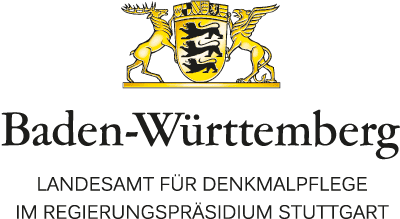Danube’s Archaeological eLandscapes
The rich and culturally diverse heritage of the Danube basin often remains hidden from visitors. This is especially true for the archaeological evidence of past cultures, which often remains invisible. At the same time, the Danube Region's archaeological landscapes offer many opportunities for sustainable tourism if archaeological sites become more attractive and accessible. This is where Danube's Archaeological eLandscapes project comes in, developing a strategy to promote the archaeological heritage of the Danube Region beyond the borders of the Danube countries. Since July 1, 2020, 23 partners from ten EU countries have been working together to use digital technologies such as VR (virtual reality) and AR (augmented reality) to visualize the archaeological landscapes of the Danube region, and thus allow them to be experienced digitally.
The Danube's Archaeological eLandscapes project is part of the European Territorial Cooperation (ETC) programme. Also known as Interreg, it is funded through the Danube Transnational Programme (DTP). With ten EU partner countries, the DTP is one of the most comprehensive programs promoting economic, social and cultural cooperation.
In order to support cooperation between regions beyond their respective national borders, the program promotes the development of joint strategies. These strategy concepts address common challenges and offer solutions and recommendations.
The partners within the DAeL project are therefore developing a strategy for the digitization of archaeological heritage in the Danube region. The strategy is based on studies of archaeological, technical and social aspects of the project. The strategy focuses on the digital accessibility of archaeological landscapes as well as the access to these digital landscapes, or eLandscapes.
For this purpose, the DTP is funding the development of a joint exhibition with virtual contributions from all partner countries. The respective partners are developing digital visualizations of outstanding sites and finds of the Danube landscape, which will be accessible, and thus experienceable, in all parts of the exhibition. In addition, the partners are jointly developing an app through which the archaeology of the Danube region can be experienced interactively.
The team at the State Office for the Preservation of Monuments in the Regional Council of Stuttgart is participating in an Interreg project of the DTP for the first time. The project work focuses on the digitization of the Iron Age landscape around the Heuneburg with a new, up-to-date visualization of the Alte Burg near Langenenslingen. In addition, the team contributes to the joint app of all partners with contributions on archaeological and historical sites and finds from the area of the upper Danube from the Paleolithic Ice Age caves to the Ulm Cathedral.

